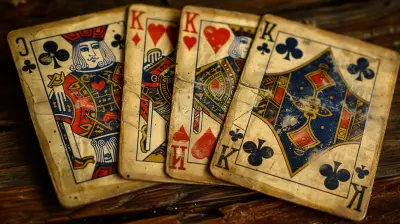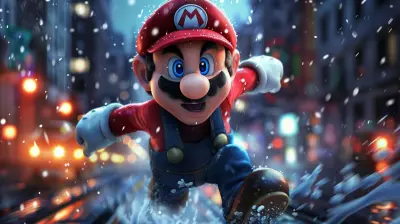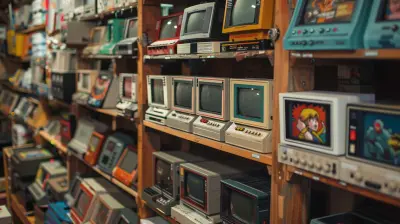How Modding Has Shaped the Evolution of the FPS Genre
24 June 2025
If you’ve spent any decent amount of time in the world of first-person shooters (FPS), chances are you’ve either played a modded game or benefited from one without even realizing it. Modding—the art of tweaking, customizing, and sometimes completely overhauling video games—has played a massive role in shaping the FPS genre as we know it today. From humble texture swaps to full-scale total conversions, modding isn't just a side gig for gamers; it’s the beating heart of innovation in FPS history.
Let’s take a deep dive into how modding has transformed the FPS scene from pixelated bullets to photorealistic battlegrounds, and why the genre wouldn’t be anywhere near as rich or popular without the modding community.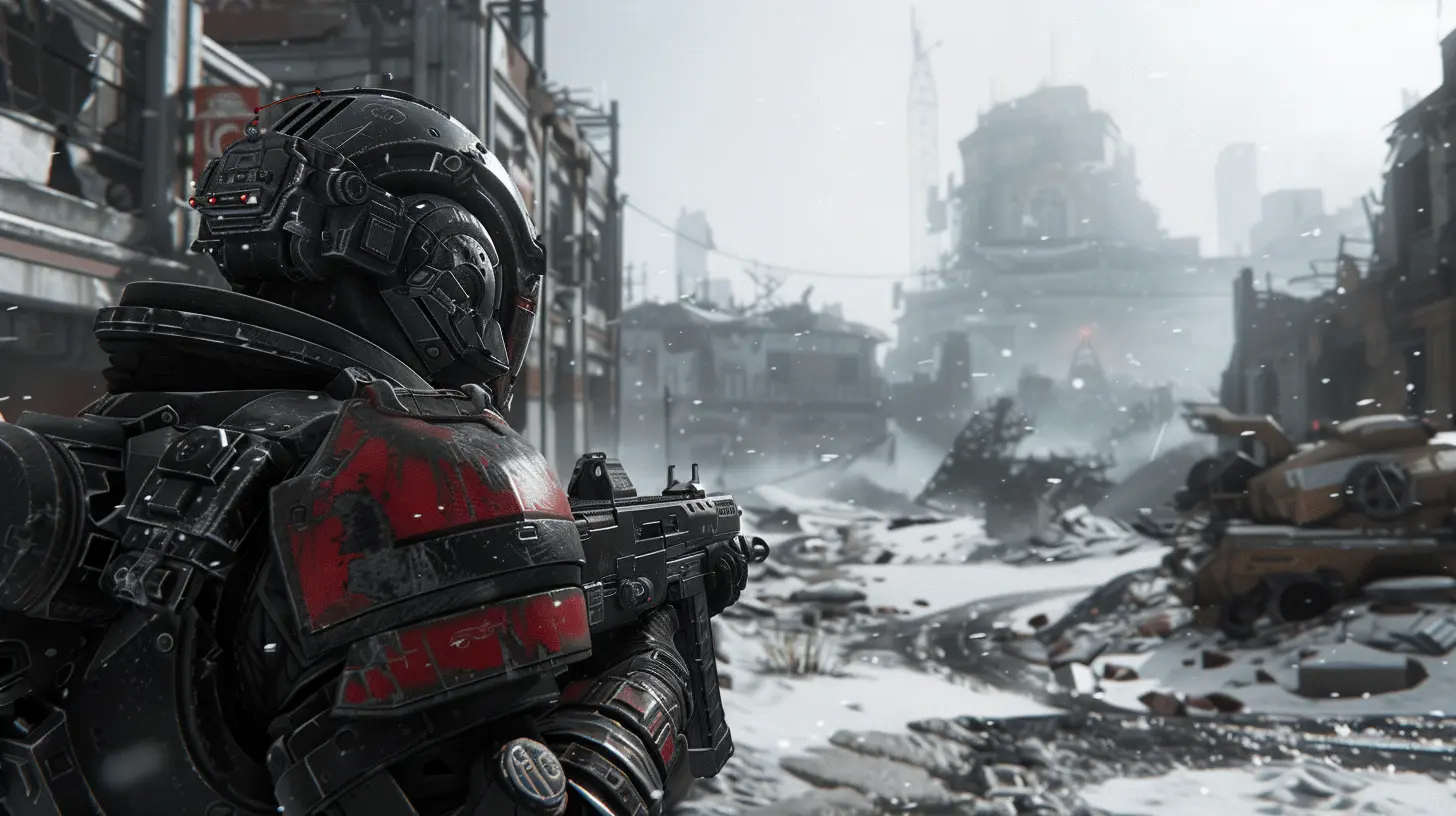
What Is Modding Anyway?
Modding, short for “modifying,” is when players alter a game’s code, assets, or features to change how it looks, sounds, or plays. Mods can be as simple as a new weapon skin or as complex as a brand-new game built on top of an existing one.For example, if you've ever played a custom "zombie map" in Call of Duty or participated in a Counter-Strike match, you've experienced the fruits of modding creativity. Modding ranges from aesthetic changes like new HUDs and character models to game-changing overhauls that introduce new mechanics or entire single-player campaigns.
In a way, modding is like adding hot sauce to your favorite dish. The base is great, but with a little heat and spice, it becomes something entirely new—and often better.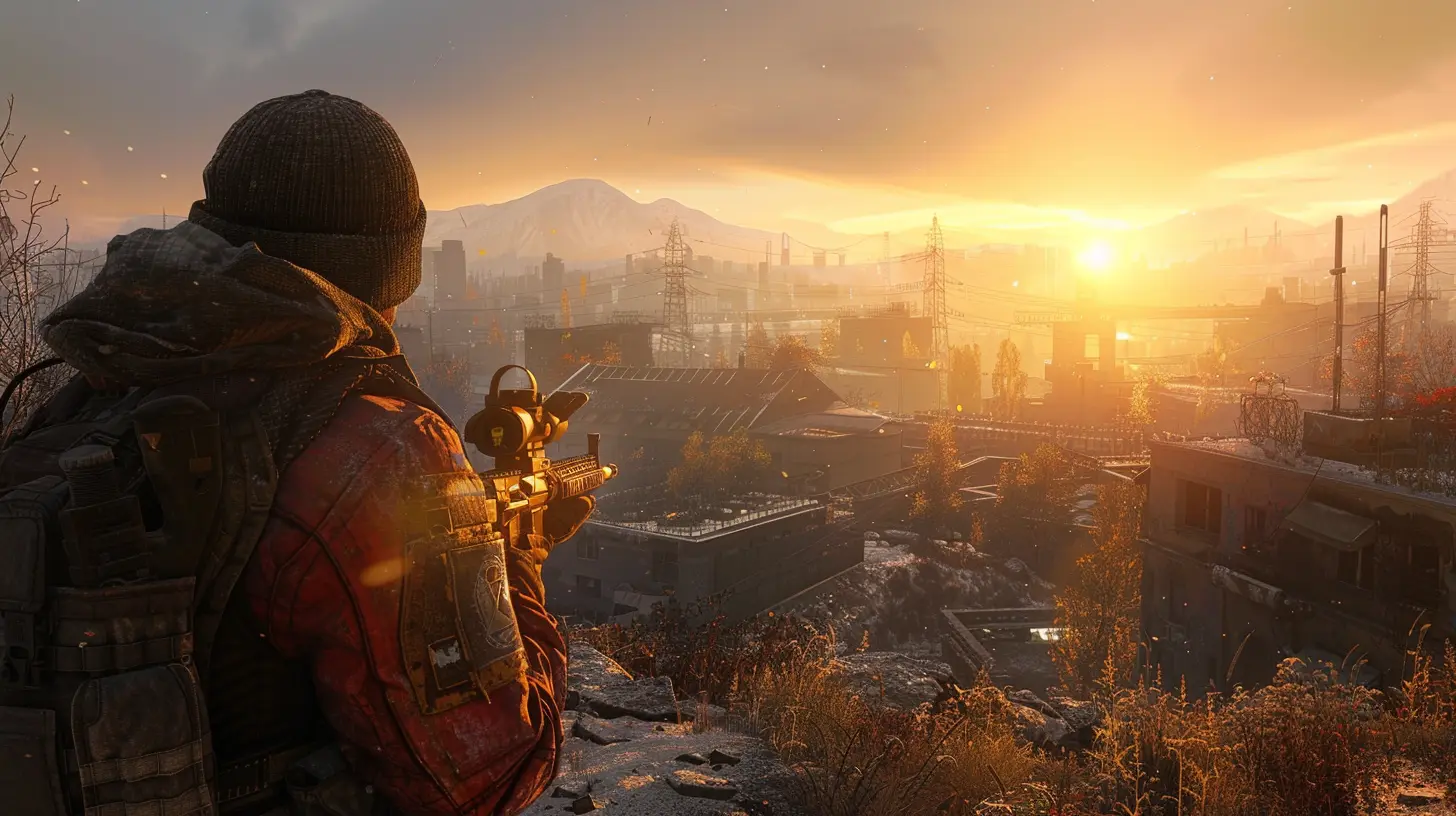
Modding’s Early Days: Doom, Quake, and the Power of the PC
Let's rewind to the early '90s: floppy disks, CRT monitors, and the birth of FPS games. If you were around for the OG days of Doom (1993), then you witnessed one of the foundational moments in modding history. id Software made the revolutionary decision to release Doom’s WAD file format to the public, basically giving players the keys to the kingdom.Suddenly, fans were creating their own levels, weapons, and enemies. This wasn’t just an afterthought; it was a culture. And when Quake hit the scene in 1996, things ramped up. Quake’s engine allowed for even more advanced modding, introducing online multiplayer mods and paving the way for full conversions like Team Fortress.
Yep, you read that right—Team Fortress, the game that eventually gave rise to Valve’s Team Fortress 2, started life as a Quake mod. That’s how deep modding roots go in the FPS genre.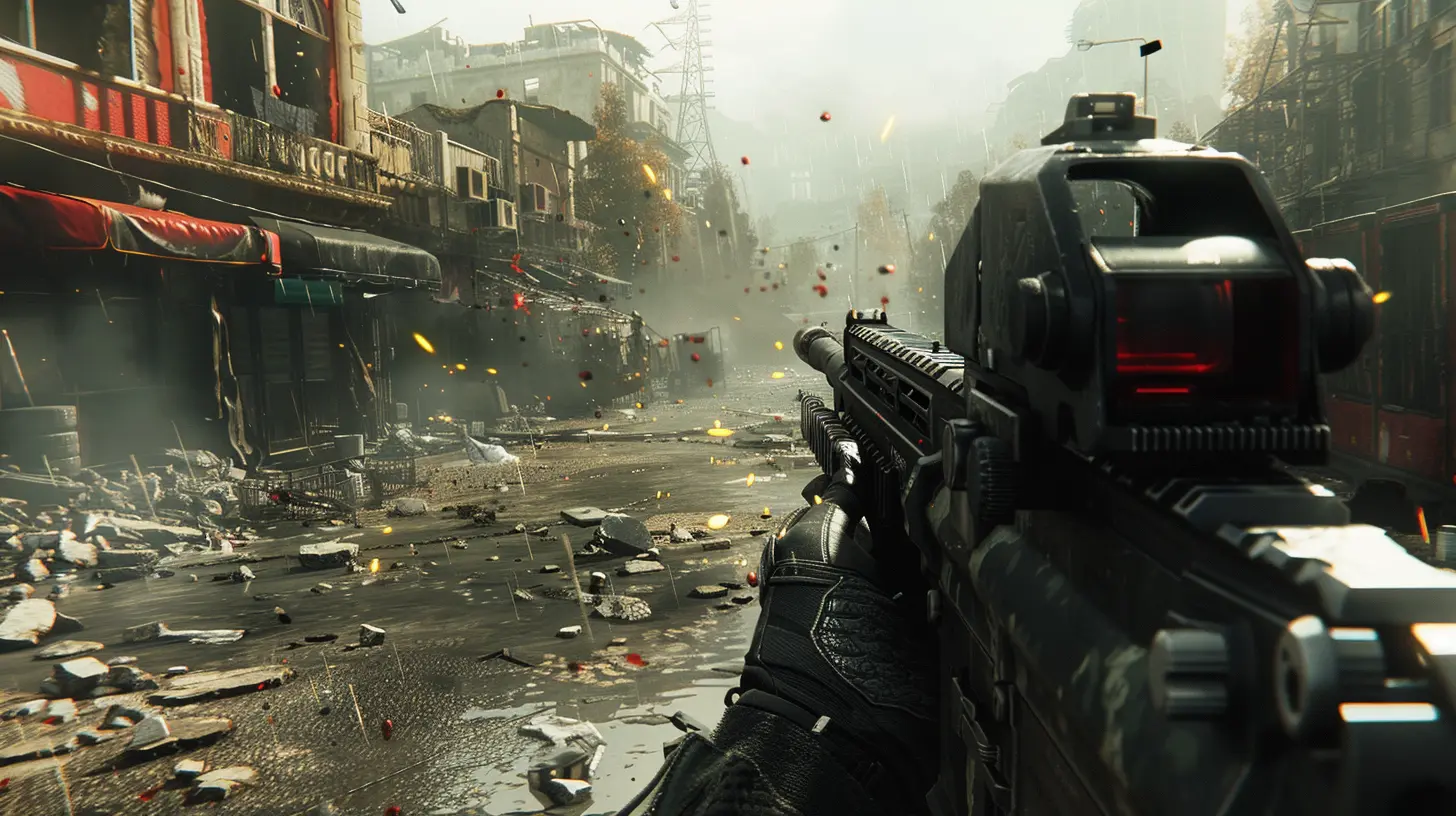
Modding as a Launchpad for Game Development Careers
A fascinating side effect of modding is how it’s become a stepping stone for aspiring developers. Some of today’s most successful game devs got their start in the modding scene. Think of it like a garage band that becomes a worldwide sensation—it all starts with experimenting and pushing boundaries.Look at Counter-Strike. It began as a Half-Life mod in 1999. Created by Minh “Gooseman” Le and Jess Cliffe, Counter-Strike introduced tactical, round-based gameplay that was radically different from Half-Life’s single-player campaign. Valve quickly noticed its potential and acquired the rights. The rest? History.
Games like DayZ (a mod for Arma 2) and PUBG (which evolved from various mods including Battle Royale mods for Arma and H1Z1) followed similar paths. Modding isn’t just fan-made fluff—it’s a legitimate pipeline to professional game development.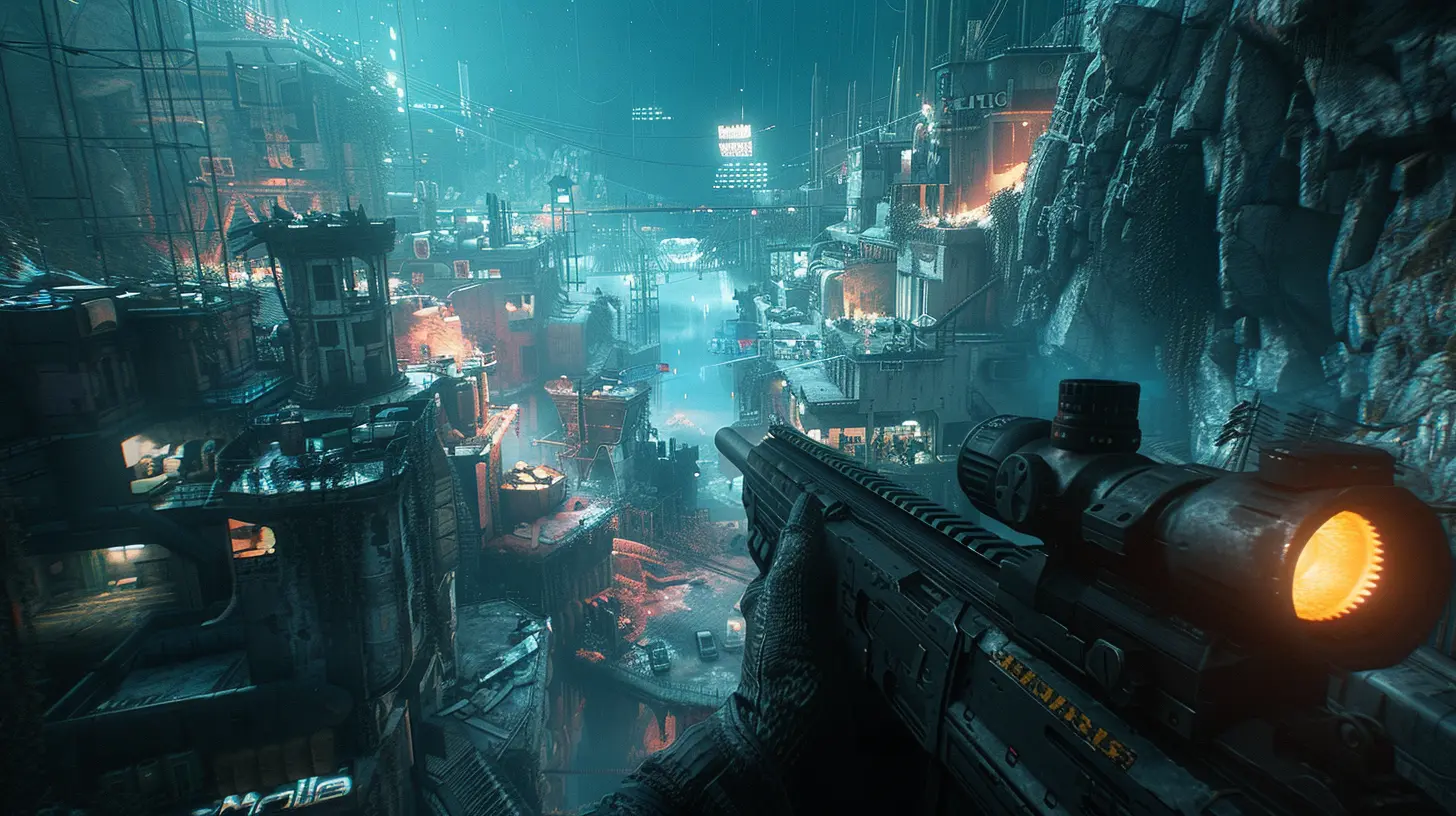
Unlocking Creative Potential: Total Conversion Mods
Probably one of the most jaw-dropping things modders do is create “total conversions.” These are full-blown games built from the bones of another. Imagine building a mansion out of an old barn—it’s still wood, but now it’s totally transformed.One standout? The Stanley Parable. This quirky, narrative-driven experience began as a Half-Life 2 mod. Then there’s Garry’s Mod, which started as a physics sandbox mod for the Source Engine and became a playground where players create everything from machinima to mini-games.
Total conversion mods blur the line between developer and player. They’re proof that some of the most original ideas in gaming don’t always come from billion-dollar studios—they come from passionate fans armed with creativity and a bit of spare time.
Multiplayer Mods: The Birthplace of Esports
Let’s talk competition. FPS games and esports go hand in hand, and you can trace that marriage right back to the modding scene. Titles like Counter-Strike, Quake III Arena, and Call of Duty all benefited from modded maps, weapons tuning, and custom game modes that laid the foundation for competitive play.In many ways, modding was the test lab for esports. Want a hyper-balanced, skill-based shooter? Mod it. Want a map that’s symmetrical and primed for team play? Design it. Mods gave competitive players and tournament organizers the control they needed to fine-tune the gaming experience.
Without modding, we might never have had the standardized competitive formats that are now the backbone of FPS esports. It’s no exaggeration to say modders helped invent modern competitive gaming.
Modding Keeps Games Alive (Long Past Expiration Dates)
Let’s be real—games get old. But modding gives them a second life. Look at Skyrim (not an FPS, true, but it proves the point). It's been out since 2011 and is still going strong, mainly because of a vibrant modding scene. The same goes for FPS games.Take S.T.A.L.K.E.R. and Half-Life. Modding has kept these aging classics relevant, with texture overhauls, bug fixes, and even entirely new questlines popping up years after official support ended.
Some FPS games actually get better with age—like a fine wine—thanks entirely to modding. Modders fix broken mechanics, modernize visuals, and add features that the original devs never thought of (or didn’t have time to implement).
Mods and the Rise of Custom Game Modes
One of the most fun aspects of modding is the creation of custom game modes. Ever played Gun Game in Call of Duty? Or surfing maps in Counter-Strike? Those started as mods. Eventually, they became so popular that the mainline games officially adopted them.Some of the wildest, most inventive modes—zombie survival, parkour challenges, hide and seek—started as player-made content. It’s like letting kids into the toy store and asking them to build the next big hit.
Developers have taken notice, often adding tools for players to create and share their own modes. Games like Far Cry 5 have full map editors, while Halo’s Forge mode is practically a game development suite in itself. All of it inspired by the modding movement.
The Double-Edged Sword: Challenges of Modding
Now, it's not all sunshine and headshots. Modding does come with challenges. Patching conflicts, game updates that break mods, and DRM restrictions can make it frustrating. Some companies even lock down their games to prevent modding entirely, worried about IP conflicts or cheating issues.And yeah, there’s the darker side—mods that enable hacks or unfair advantages in multiplayer settings. That’s a whole different can of worms. But the good far outweighs the bad, especially when modders are usually the ones patching the holes left by official developers.
Modern Modding Tools: Empowering the Next Generation
Thankfully, today’s tools make it easier than ever to get into modding. Engines like Unreal and Unity fully support modding frameworks. Steam Workshop offers a frictionless way to download and share mods. Even consoles are cautiously dipping their toes into the modding waters (looking at you, Bethesda).We’re living in a golden age of user-generated content. With just a basic understanding of scripting, asset management, and some creativity, you can build your own FPS map or game mode in a weekend.
It’s productive, it’s educational, and heck—it’s downright fun.
The Future of FPS Modding: Where Are We Headed?
So, where does modding go from here? Honestly, the sky’s the limit.With VR, cloud gaming, and AI-assisted development entering the scene, modders have even more tools to bend the rules. Imagine a community-made VR experience built onto Half-Life: Alyx. Or AI-generated maps that evolve based on how you play. It’s not sci-fi—it’s already starting.
And with the rise of games-as-platforms (Roblox, Fortnite Creative, etc.), modding is becoming more integrated than ever. We're not just playing games anymore—we’re building them, shaping them, and reimagining them.
Final Thoughts: The Everlasting Impact of Modding on FPS Games
If there’s one thing to take away, it’s this: FPS games would not be what they are today without modding. From launching new franchises to fueling esports to keeping classics alive, modders have been the unsung heroes of the genre.It’s a quiet revolution, one driven not by profit but by passion. And that, more than anything, shows how powerful the gaming community truly is.
So the next time you fire up your favorite shooter, remember—some of the coolest stuff in your game likely started as a humble mod. And who knows? Maybe the next big evolution in FPS will come not from a AAA studio, but from someone modding in their bedroom.
all images in this post were generated using AI tools
Category:
ModsAuthor:

Kaitlyn Pace
Discussion
rate this article
2 comments
Siena McQuillan
Modding: where creativity meets chaos! From turning grenades into rubber chickens to crafting entire new worlds, it’s like giving a paintbrush to a toddler in a candy store. Who knew FPS could evolve into a vibrant, wacky playground of endless possibilities?
November 18, 2025 at 3:25 PM

Kaitlyn Pace
Absolutely! Modding truly transforms FPS games into unique and imaginative experiences, showcasing the limitless creativity of players. It's a wild playground where anything can happen!
Zinnia Lawrence
Great insights! Modding truly has transformed the FPS genre in remarkable ways, fostering creativity and community engagement. Excited to see where it goes next!
July 4, 2025 at 4:38 PM

Kaitlyn Pace
Thank you! I'm glad you enjoyed the article. Modding indeed continues to drive innovation and community involvement in the FPS genre!
